A species of pine that is native to Eurasia, ranging from Western Europe to Eastern Siberia, south to the Caucasus Mountains, it occurs from sea level to 1,000 m while in the south of its range it is a mountain tree, growing at 1,200 – 2,600 m altitude. It is readily identified by its combination of fairly short, blue-green leaves and orange, red bark. The species is mainly found on poorer, sandy soils, rocky outcrops, peat bogs or close to the forest limit. It is an evergreen coniferous tree growing up to 35 m in height and 1 m trunk diameter when mature.
The bark is thick, scaly dark grey-brown on the lower trunk and thin, flaky and orange on the upper trunk and branches. The habit of the mature tree is distinctive due to its long, bare and straight trunk topped by a rounded or flat-topped mass of foliage. The lifespan is normally 150 – 300 years. The shoots are light brown, with a spirally arranged scale-like pattern. On mature trees the needles are a glaucous blue-green, often darker green in winter, 2.5 – 5.0 cm long. On vigorous young trees the needles can be twice as long, and occasionally occur in fascicles of three or four on the tips of strong shoots. Needle life varies from two to four years before they drop.
The tree has spread across the British Isles since the Last Ice Age. Pinus can be shrubs or large, evergreen trees, some species having more attractive bark and developing an irregular outline with age.
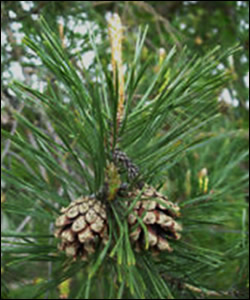

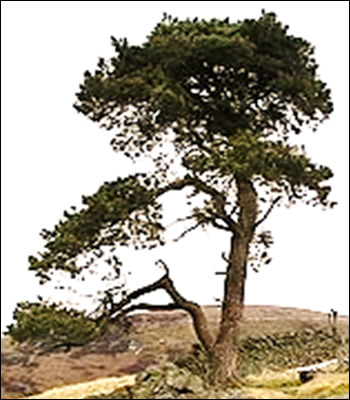
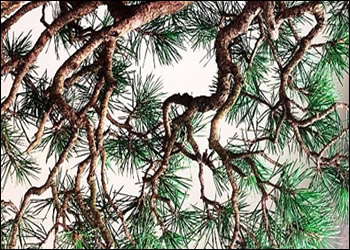
Pinus sylvestris “Beuvronensis” is a shrub form of Scots pine, prized for its natural dome shape and dwarfish size. With bluish-green needles and conspicuous cones, this Scots pine “Beuvronensis” cultivar offers excellent styling opportunities and outstanding texture. “Beuvronensis” is a slow-growing evergreen shrub forming a broad dome with paired, blue-green needles.
It was first discovered as a witch’s broom on a scots pine in France; it has now been cultivated for over 100 years. It grows not more than 1 - 2 ins. per year.
The bark of older pine trees becomes scaly or flaky. Pines can grow in many different shapes in nature and can therefore be shaped in almost every known bonsai style.
In order to treat each pine species according to its nature, it is necessary to know if it produces only one or two flushes of growth during the growing season. Pine species with two flushes can have their candles trimmed in early summer to produce a second flush of growth with shorter candles and smaller needles. Pine species with only one flush of growth must not be de-candled because that will reduce their vigour or even kill; just selectively chose unwanted candles and shorten.
Most Pinus sylvestris will only produce one flush of growth each year and it could be fatal to remove all their candles. You must keep your pine for at least one year before contemplating candle removal. It is not really known why some have one and others have two spurts of growth. It is suggested that it may be due to the height above sea level or climatic region of its’ parent stock. Whatever the reason they must be treated differently.
Elongated candles should be shortened to an appropriate an even length from late spring to early summer. If there are more than two candles in the same place, you can have already cut off all but two. In autumn you can remove surplus shoots if you have not done so in spring. Where a number of candles are growing from the same point, select two growing laterally and in the desired direction to form a “V-shape” and are of the same strength. Remove the others. In strong parts of the tree pluck excess old needles to balance the growth of the tree.
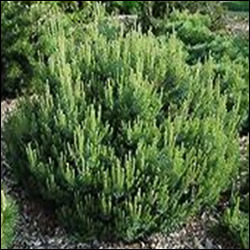
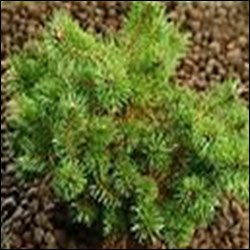
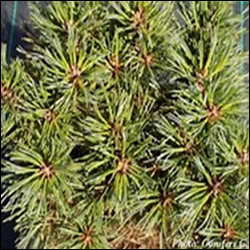
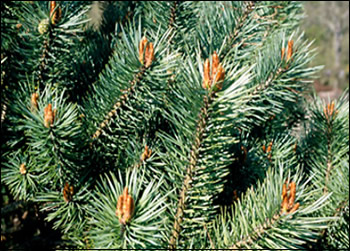
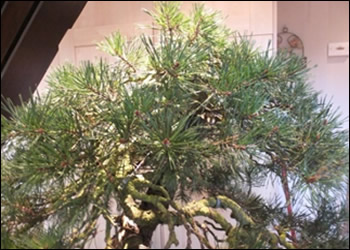
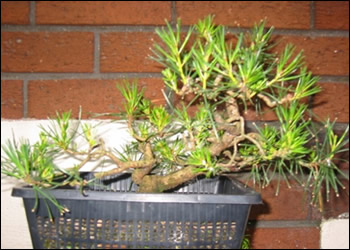
Pines will be most impressive if each and every branch and branchlet is in the correct position. This means wiring the tree thoroughly prior to displaying. If the wire is to be kept on during a show, the wire must be neat and non-obtrusive.
If you are showing trees then this is a detail that really helps to give a pine a mature appearance - remove all needles that come from underneath the branches (under-plucking). Retain only needles that grow up from the tops of the branches. This detail frequently is overlooked but worth the time expended. This is not part of needle plucking for development but a cosmetic exercise to show off you tree to advantage.
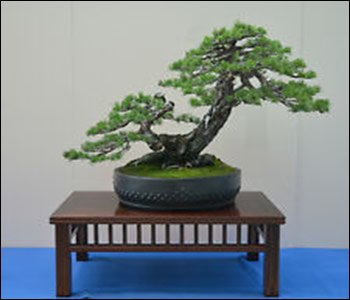
Example of a twin-trunk Scots pine
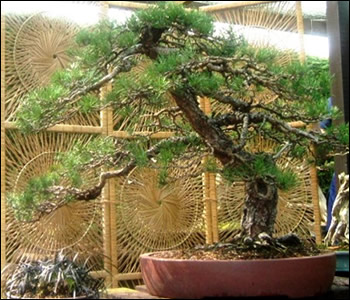
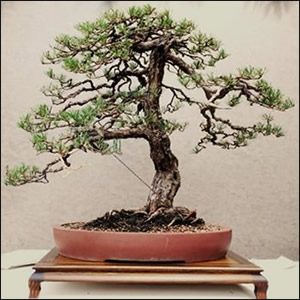
Scots pine showing tree before needle plucking and following removal of old needles.

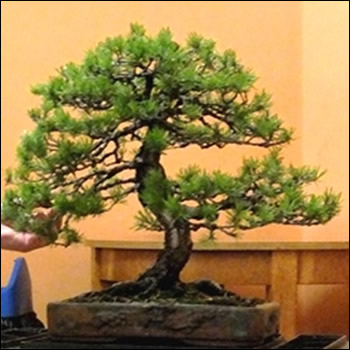
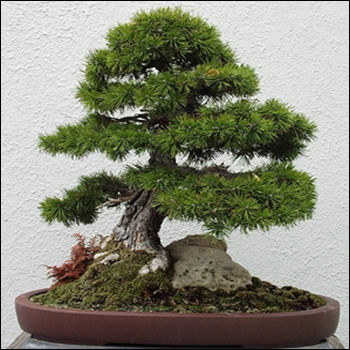
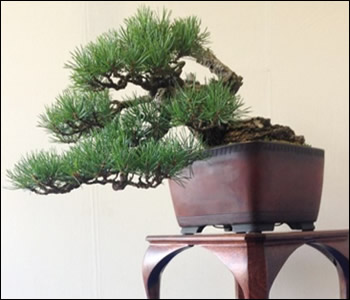

Examples of Scots pine bonsai in various styles.
Web design: nysys